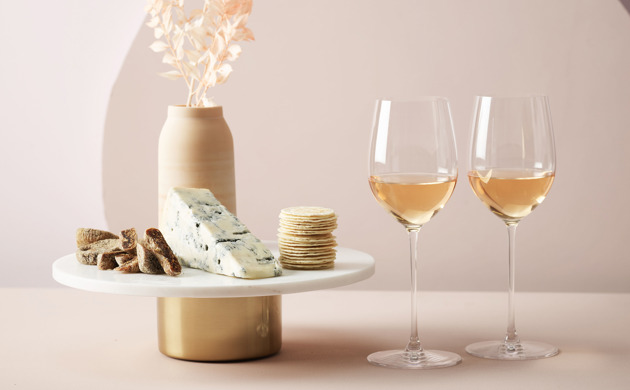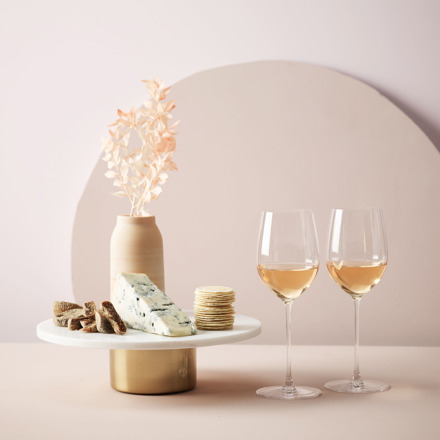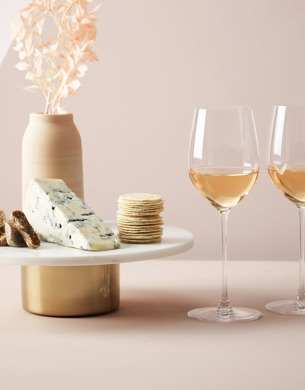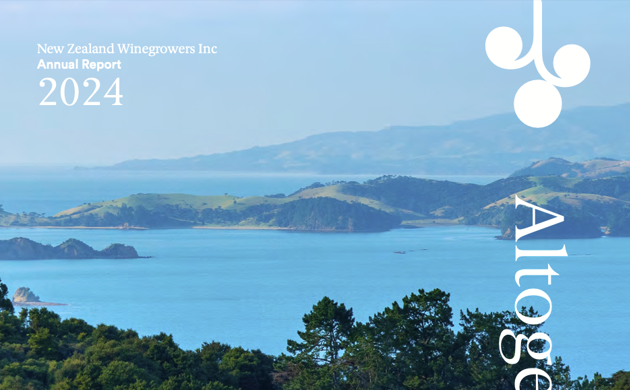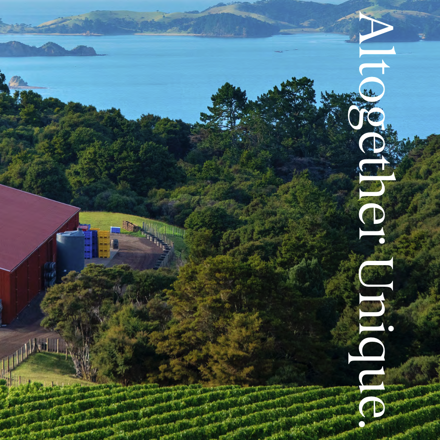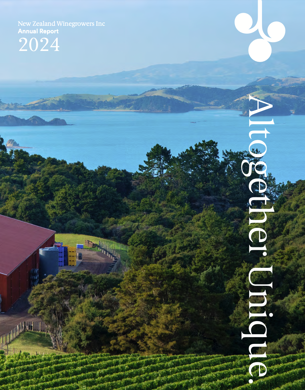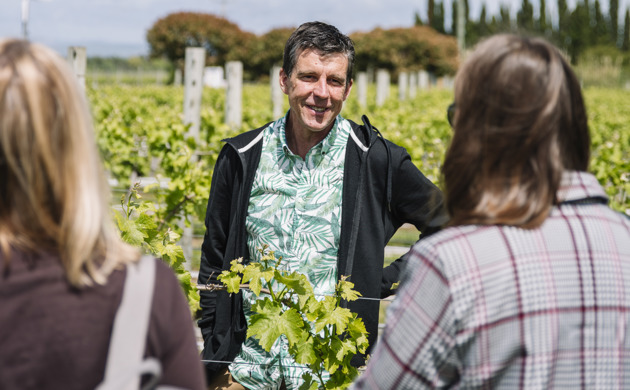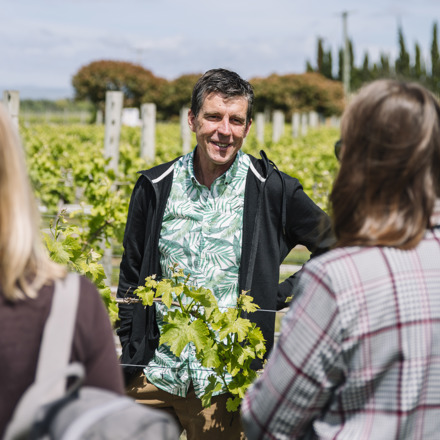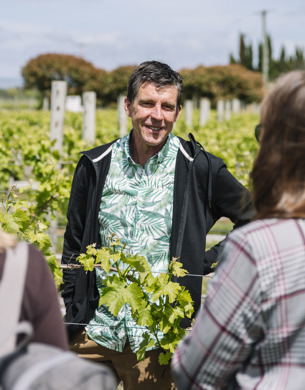A to Z of NZ wine
A – Aroma
The aroma of wine consists of 1000 aromatic compounds.
As a wine ages, chemical reactions among acids, sugars, alcohols and phenolic compounds create new smells that are known as a wine’s bouquet.
B - Bubbles
New Zealand produces a wide range of premium sparkling wines, perfect for celebrations.
Nutty, biscuity aromas, balanced with fresh acidity and fruit are the hallmark characters of New Zealand sparkling wine. Traditional sparkling winemaking techniques combined with New Zealand’s cool climate and plentiful sunshine produce impressively high quality sparkling wine.
Read more about our sparkling wines here.
C – Cellar Door
Taste and experience the stories behind our great wines.
To excite your palate and try some of New Zealand’s best wines, there are a few hundred cellar doors dotted from north to south. But there is more to wine tasting than meets the eye – often with opportunities to taste from the barrel, hear the history and stories of how the wine in your glass came to be, or meet the winemaker of your new favourite drop.
Read more about visiting New Zealand wineries.
D – Diverse
Explore over 40 grape varieties across 10 wine regions.
The world’s love affair with New Zealand wine grows as wine lovers continue to explore our diverse range of wine varieties and styles.
New Zealand's wine regions extend 1,100km (700 miles) from subtropical Northland (35° S) down to Central Otago (45° S), home to the world’s most southerly vineyards. Our vineyards benefit from the moderating effect of our maritime climate (no vineyard is more than 120km, or 80 miles, from the ocean), long sunshine hours and nights cooled by sea breezes.
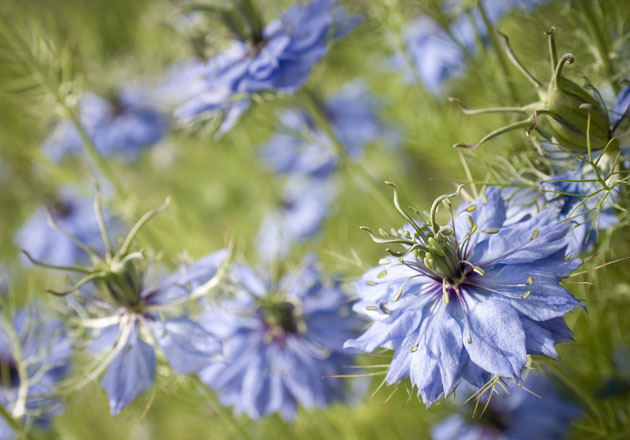
E – Environment
New Zealand’s Sustainable Winegrowing Programme is recognised as world-leading, and 96% of New Zealand’s vineyards are certified sustainable.
New Zealand is committed to protecting the places that make our famous wines, and sustainability is an integral part of the New Zealand wine industry.
Read more about the sustainability in the New Zealand wine industry here.
F – Family Owned
Traditions passed down through generations.
You’ll find many wineries in New Zealand are family affairs, with children mucking in with their parents and grandparents.
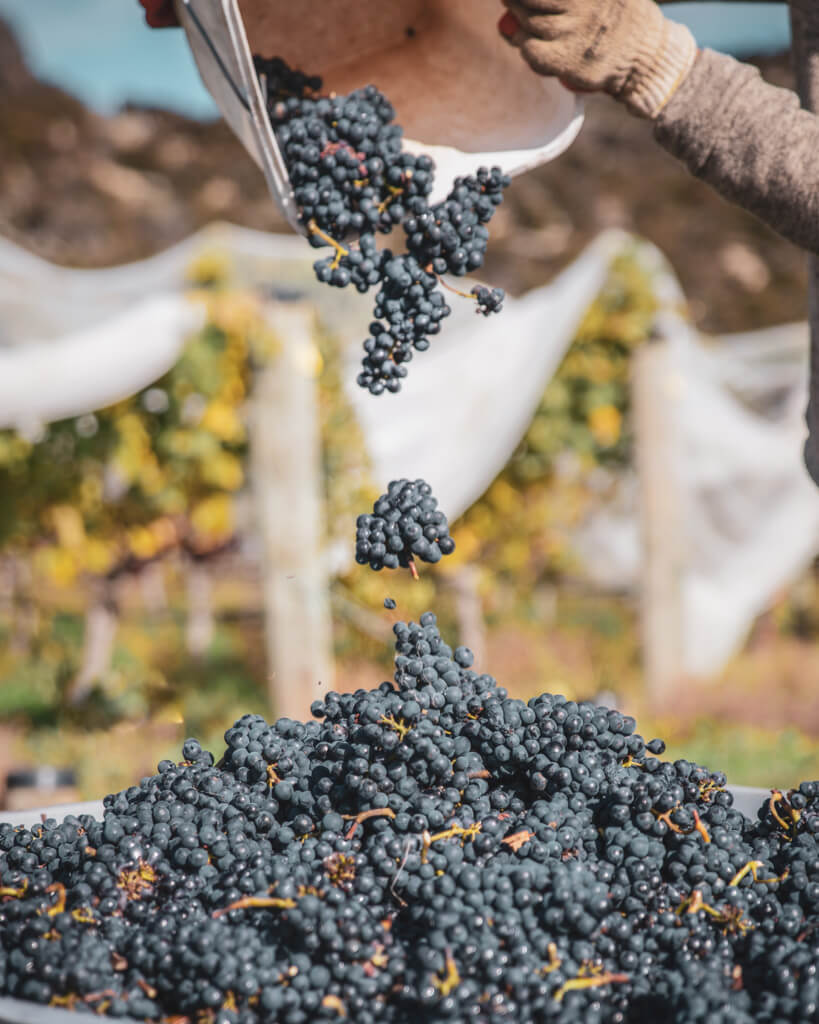
G – Grapes
About 600-800 grapes make up a bottle of wine. That’s about 10 bunches per bottle!
Grapes are (obviously) vital to the production of wine, and while grapes are harvested annually, it takes approximately three years for new grape vines to produce fruit.
H – Hectares
38,000 hectares of land is currently planted with vines. That’s approximately 46,000 football fields!
New Zealand's wine regions extend 1,100km (700 miles) from subtropical Northland (35° S) down to Central Otago (45° S). Most of our wine regions are found on the eastern coastlines of the North and South Islands, in the rain shadow of the mountains, each with its own unique soils and climatic conditions.
Read more about New Zealand wine regions.
I – Innovation
The classic combination of innovation and Kiwi ingenuity has been the key to New Zealand’s wine success.
Next year (2021) marks the 20th anniversary of the New Zealand Screwcap Wine Seal initiative which built on the scientific research that confirmed screwcaps were superior to traditional corks. The Initiative was set up by four Kiwi winemakers who were disillusioned with corks which were believed to account for cork taint in 5 to 10 per cent of all bottles they sold.
There are, of course, more Kiwi innovations currently making their mark in the wine industry – find out more here.
J – Journey
The journey from vine to table can take anywhere from 3 months to 2 years (depending on variety).
There are five basic steps to making wine: harvesting, crushing and pressing, fermentation, clarification, and then aging and bottling. Then of course, there is the purchasing, and we can’t forget the fun part, drinking!
K – Kaitiakitanga
A Māori (indigenous people of New Zealand) term meaning guardianship and protection, and it is a way of managing the environment, based on the Māori world view. Land is considered a resource to be respected and is a practice New Zealand winegrowers uphold, and many winegrowers are making a deeper connection with Māori culture and values by recognising the significance of their land, the history and relationship with the people.
L – Lighter Wine
Got a lunch date? Try our world class lighter wines with naturally lower alcohol.
With more moderate consumption occasions in mind, New Zealand Lighter wines are perfectly matched for you. Grapes are grown in a cool, maritime climate and slow-ripened to produce full-flavoured wine with more than 25% less alcohol compared to an equivalent full-strength wine. This means you can enjoy a glass without giving up what New Zealand wine is famous for – premium quality, varietally expressive wines.
Read more about New Zealand Lighter Wines here.
M – Maritime Climate
No vineyard is more than 120km (80 miles) from the ocean.
During the summer, there is a cooling effect from the sea breeze, and in winters are cool but not cold - all good things for cultivating grapes.
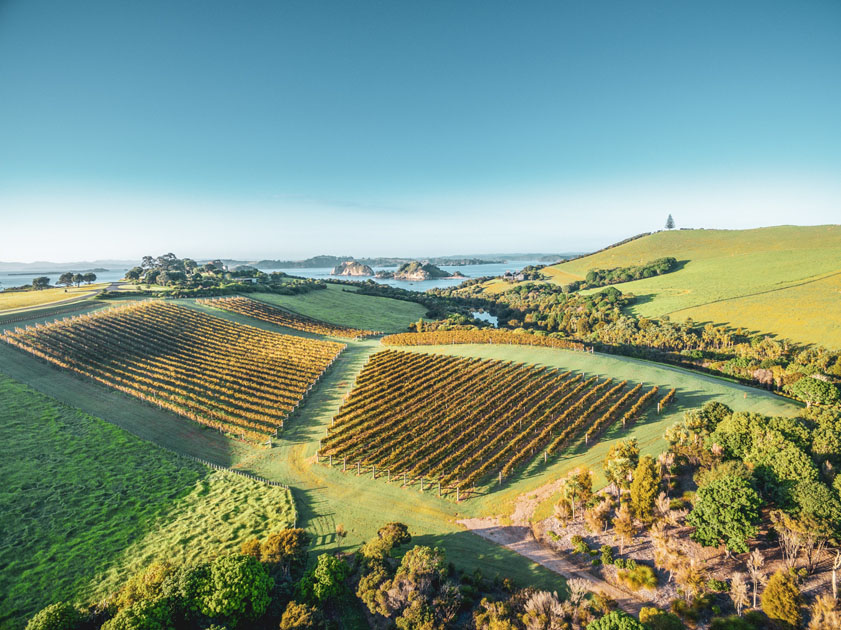
N – Northland
The Birthplace of New Zealand wine, the first vines were planted in Northland in 1819 by the missionary Reverend Samuel Marsden. It’s also the birthplace of the nation where the Treaty of Waitangi was signed in 1840 on the shores of the Bay of Islands. As its name implies, Northland is New Zealand’s most northerly region, with pockets of winegrowing stretching from Karikari in the north, to Mangawhai in the south.
Read more about Northland
O – Organic
Around 10% of wineries in New Zealand are certified organic, and organic grape and wine production is a growing part of the New Zealand wine world.
Read more about Organic wine here.
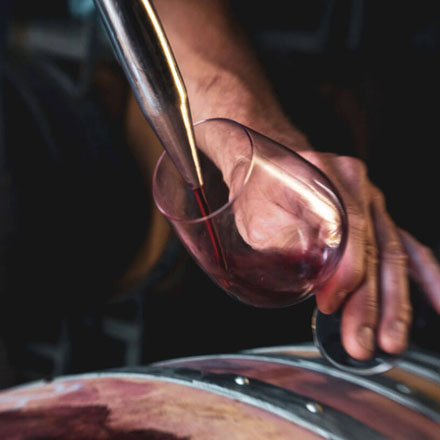
P – Pinot Noir
Difficult to grow and known as the heartbreak grape, Pinot Noir has found a home away from home in New Zealand.
Pinot Noir is predominantly grown in the cooler southerly regions of Wairarapa, Marlborough, Nelson, North Canterbury and Central Otago. The huge diversity in climates and soils enables a wide range of styles from these main Pinot Noir producing regions. Common to all, however, is structure and elegance overlaid by power and fruit-driven intensity.
Pinot Noir is easy to please when it comes to pairing with food. It is light enough for salmon or chicken, but complex enough to complement richer red or game meats. When everyone orders a vastly different meal while dining, Pinot Noir will probably make everyone happy.
Read more about Pinot Noir.
Q – Quaff
To drink a beverage copiously and with hearty enjoyment.
R – Reputation
New Zealand wine has built a strong reputation and presence in the global wine industry.
With over 700 winery and vineyards, the New Zealand wine industry contributes almost $2 billion NZD to the national economy, and supports more than 16,500 full-time jobs.

S – Sauvignon Blanc
The grape that first launched New Zealand wine on the world stage.
In 1975, when Marlborough’s first Sauvignon Blanc vines were planted, no one could have predicted the superstar status that this variety would attain within a couple of decades. The explosive flavours of New Zealand Sauvignon Blanc have dazzled wine critics, setting the international benchmark for the style.
The 'zing' of Sauvignon Blanc is a delightful complement to the fresh flavours of seafood, shellfish and white fish, and enhances citrus or garlic based sauces. And on its own, Sauvignon Blanc is a mouth-watering aperitif, especially on a bright summer's day.
However, there is more to New Zealand wine than Sauvignon Blanc, with over 40 varieties and styles produced. Read more about our wine styles here.
T – Tannin
A naturally occurring polyphenol found in fruit skins that provides structure to wine.
That’s right, wine is science!
Tannins are, essentially, a wine’s pucker power. It is generally more dominant in younger red wines that have not had the time to soften up with age, and are derived from the skins, stems, and seeds of wine grapes.
U – Unique
New Zealand’s geography allows for superb flavours, each defined by their unique micro-climate.
Within these diverse regions, subregional characteristics shine through and wines are distinguished as being not just from a wine region, but from a subregion and a place.
V – Visit
Why wouldn’t you?
From cellar doors, winery restaurants, bike trails to boutique vineyard accommodation, there is so much more to a winery visit than tasting wine – such as a winery tour with the winemaker, a leisurely cycle around the vineyard, or an exhilarating helicopter ride. Many wineries offer tours that give visitors an understanding of the history, processes and passion that goes into each bottle of wine. But it does not often end there, with opportunities to get hands-on and pick (and eat!) grapes directly from the cine, taste wine at different stages of production, or even blend your own wine to take home with you!
Read more about visiting New Zealand wineries.
W – Wai
The Māori term for water, featured in many of New Zealand’s wine regions – the essence of all life.
To find out more about Maori and Wine, read here.
X – eXcitement
Exciting memories to be made.
New Zealand is a place like no other, and so too is New Zealand wine, and like food, wine can evoke memories of good times had, and people you have enjoyed them with.
Y - Young
New Zealand’s wine industry is one of the youngest in the world. Our can-do attitude drives our innovation industry to flourish.
At first glance, the history of wine in New Zealand looks short – very short. Yet, the grapevine was a common sight in the early colonists’ gardens, and by the time of the signing of the Treaty of Waitangi (New Zealand’s founding document) in 1840, the first recorded New Zealand wine was already bottled. Wine has in fact had a long, tortuous and fascinating history in New Zealand – find out more here.
Z – Zealous
New Zealand wine industry is filled with strong and energetic people with a desire to get things done.
Read more about our people here.





